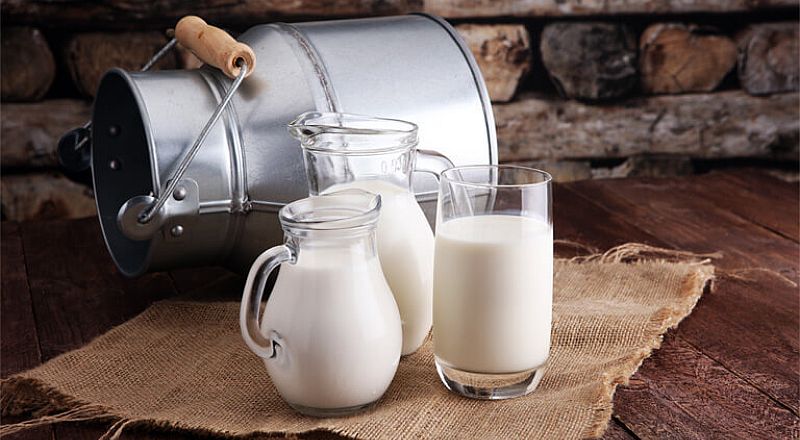milk,
milk prices,
grades of milk
Raw milk is becoming more expensive under the influence of increased exports

The increase in purchase prices in Ukraine was influenced by active demand from milk processing enterprises and limited supply of raw milk in the domestic market. Ukrainian companies are actively exporting finished products, taking advantage of high prices for exchange goods on foreign markets, — reports the analyst of the Association of Milk Producers, Georhiy Kukhaleishvili.
The average purchase price of Extra Grade milk as of September 25 amounted to 16.34 UAH/kg without VAT, which is 1.14 UAH more than a month ago. The price range for this grade in farms varies from 15.00 to 17.30 UAH/kg without VAT. The upper limit of the price range increased by 1.30 UAH for the last month. The lower limit of the price range increased by 1.00 UAH.
Higher Grade on average costs 16.34 UAH/kg without VAT (+1.14 UAH). Prices for Higher Grade milk range from 15.00 to 17.30 UAH/kg without VAT. Compared to the monitoring results of the second half of July, the upper limit of the price range increased by 1.30 UAH, and the lower limit increased by 1.00 UAH.
The average price of Grade I milk was 14.67 UAH/kg without VAT, which is 0.70 UAH more compared to the price in the second half of July. The minimum price in farms was 13.50 UAH/kg, and the maximum price was 15.50 UAH/kg. Over the last month, the lower limit of the price range increased by 0.85 UAH, and the upper limit increased by 1.00 UAH.
Accordingly, the weighted average price of the three grades amounted to 15.78 UAH/kg without VAT, which is 0.99 UAH more than a month ago.
Giorgiy Kukhaleishvili notes that the price of raw milk continues to rise, as the country still has a shortage of raw milk, and the demand from milk processing enterprises exceeds the existing supply on the domestic market. In the summer, intense heat continued in Ukraine, and long-term power outages due to missile strikes by the Russian occupiers on energy infrastructure facilities led to interruptions in the operation of ventilation systems on dairy farms. Cows received heat shocks, which affected the reduction of productivity. The production of raw milk was rapidly reduced in households, which contributed to the preservation of the shortage of raw milk on the market, which the industrial sector did not have time to compensate.